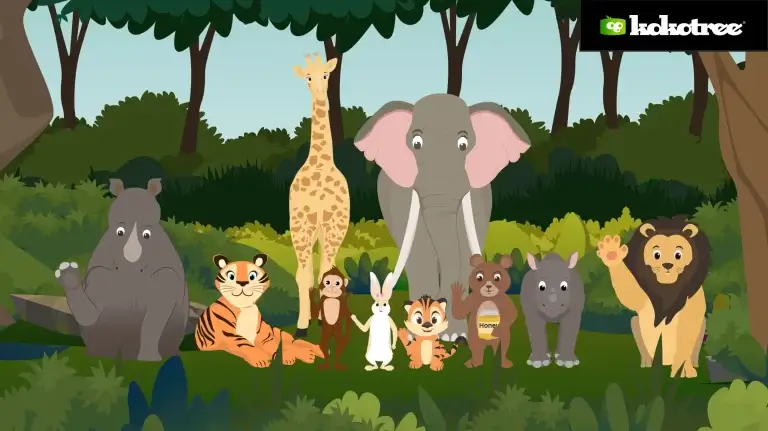

The best educational cartoons for toddlers and preschoolers are Kokotree, Alphablocks, Numberblocks, Hey Duggee, Peppa Pig, Sesame Street, Arthur, Daniel Tiger’s Neighborhood, Mr. Rogers’ Neighborhood, Clifford the Big Red Dog, and others.
As a parent, you want to ensure your child has every opportunity to succeed. One of the most important things you can do is start them off on the right foot with a solid education.
Hundreds of thousands of educational cartoons for kids, toddlers, and preschoolers are available on various streaming services, television, and the Internet. Knowing which educational cartoons are the best is challenging, with many options.
In a recent survey in the US, 85 percent of parents allow their children under six years of age to use at least one electronic device at home.
In the same survey, 86 percent of parents reported being satisfied with how their toddler or preschooler uses technology. The parents cited benefits such as child development and literacy and language skills as the reasons for their satisfaction. More than half of the parents said they believe that technology supports school readiness and impacts success in school.
The survey results underscore the importance of technology in early childhood education. Technology can be a valuable tool for supporting cognitive development, providing access to educational content, and fostering social-emotional learning.
When used effectively, technology can help prepare children for success in school and beyond. However, it is essential to ensure that toddlers and preschoolers use technology in moderation and under adult supervision. Too much screen time can be detrimental to young children’s development, so it is essential to strike a balance. With the right approach, technology can be a powerful asset in early childhood education.
When I was a kid, the only way to watch cartoons was on Saturday morning. My brother and I would get up early, rush through our cereal, and plop in front of the TV for hours of entertainment. Cartoons were always geared towards kids, with simple storylines and bright colors.
Nowadays, it’s a different story. Thanks to the internet, kids have access to all sorts of learning cartoons – including some pretty risqué content. And while this may be entertaining for them, it can also be harmful. In this section, Of course, there are pros and cons of kids having access to cartoons online.
On the one hand, it’s great that kids can watch educational videos whenever they want. They can hop online and find something to watch if they need something to do. And there are so many different types of cartoons available – from classic shows like Looney Tunes to newer ones like SpongeBob SquarePants – that there’s bound to be something for everyone.
But frankly, sometimes parents need a break to get something done. Handing your child a phone or tablet with something engaging can help you take a break for a few minutes.
On the other hand, some serious dangers are associated with kids watching cartoons online. For one, it’s easy for them to come across inappropriate content. Even if they’re only looking for kid-friendly shows, they might stumble upon something too violent or too adult for their age group. There’s the risk of them being exposed to harmful messages or ideas. For example, some cartoons portray women in a negative light, which could hurt how girls view themselves. This is not good. But there are ways to protect your child.
Despite the many perceived benefits of technology, the same survey found that 72 percent of parents had concerns about their children’s screen time.
Specifically, they worried about too much screen time, inappropriate content, commercial messages aimed at young children, and how technology takes away from time spent outdoors and active play. In addition, they are concerned that technology use might disrupt their children’s sleep.
While being aware of these potential pitfalls is essential, it is also important to remember that technology can be used positively. For example, many educational apps and websites can help to promote learning and creativity. When used in moderation, technology can be a valuable tool for children and families.

Get free parenting tips, news, updates, and content from Kokotree.
According to a recent study, more than 90% of parents don’t review their children’s websites. That’s a lot of unmonitored activity and could lead to severe consequences.
Why is that number so high, and what can you do to change it? If you’re a parent, pay close attention. You might learn something that could keep your child safe.
First, let’s look at why parents aren’t monitoring their children’s online activity. There are a few reasons for this:
This is by far the most common reason. Parents are simply unaware of the tools and resources available to them and don’t know where to start. This is understood because technology moves so fast that it can be hard to keep up.
Many parents believe their children are too young to be exposed to anything harmful online. They trust online services to be family-friendly and figure that anything inappropriate will be filtered out. Unfortunately, this isn’t always the case.
This is a valid concern for many parents. With work, school, and other responsibilities, finding time to monitor everything your child does online can be tough. It’s important to remember that taking even a few minutes to check in can make a big difference.
This one is a little more complicated. And how would a toddler even know they are doing wrong? Toddlers and preschoolers are too innocent to know or understand internet safety. But, parents often tend to have a false sense of security that their children would never do anything they’re not supposed to do online.
Most online services provide too many opportunities for kids to get confused about what they are tapping into—inappropriate advertisements are always disguised as fun-looking videos or educational games, and when a child taps, it takes them to some pretty dark areas of the internet.
Here are a few tips:
There are a lot of great parental control tools out there, and they’re not as challenging to use as you might think. In the same breath, this can be extremely difficult. While many streaming services claim to have these safety features for kids, they are often ineffective, don’t work as expected, or don’t seem to care.
Recent headlines in the news make it look like these services are doing something about it. But the fact that these issues persist and continue happening makes you wonder if they are actively trying to improve their service or make it look like they are trying to improve.
This must be a full-time job. Suppose you’re handing them the phone or iPad and allowing them full reign over what they tap and watch. In that case, they will likely find something inappropriate—because these online services use manipulative features to increase engagement and clicks on advertisements. You should constantly check in to see what they’re up to.
We believe toddlers and preschoolers should never be exposed to advertisements at this age. Any streaming service that allows advertisers to target these young children is irresponsible—and while this might sound extreme—we believe this should be illegal. The services should be held responsible for any damage to kids. There are a lot of excellent, ad-free online services for kids—use them! With these tools, you can be sure that your child is only seeing appropriate content for their age.
This is important for long-term internet safety education. But, at the same time, your child is too young to protect themselves online. If you take the time to talk to your child about the dangers of the internet, they’ll start to learn over time, and they’re much less likely to make a mistake in the future.
These are just a few things you can do to keep your child safe online. If you take the time to implement these tips, you’ll be one step ahead of the majority of parents out there.
And that’s something worth doing.
Regarding cartoons, there are two main types: entertainment and educational.
Entertainment cartoons are designed purely for amusement, while educational cartoons teach children about a particular topic or subject. While there are some clear distinctions between the two types, there are also several gray areas.
Entertainment cartoons can often be educational, teaching children about important life lessons or moral values. Similarly, educational cartoons can sometimes be entertaining, with funny characters and exciting plots. However, the majority of entertainment cartoons do not have any educational value whatsoever, while the majority of educational cartoons do not contain a whole lot of entertainment value.
Entertainment cartoons are designed to be merely entertaining for children. They might have some slapstick humor or other child-friendly jokes, but the primary purpose is not to educate.
Many famous entertainment cartoons are from Disney, Pixar, and Dreamworks. Netflix, Apple, and other popular streaming services have also begun to produce entertainment cartoons for kids. These cartoons and shows can be enjoyed by children and adults alike because they’re created with humor and storytelling. There is much to love and enjoy as a family because of these cartoons’tertainment laughter and en.
On the other hand, educational cartoons are explicitly designed to teach children something. They might cover topics like the alphabet, numbers, shapes, colors, or even simple life lessons.
These cartoons are created by non-profit organizations, government agencies, and reputable companies to help kids learn. The best educational cartoons make learning fun and engaging for kids, so they don’t even realize they’re being educated.
There are many benefits to exposing your child to educational cartoons.
For one, it sets them up for success in school. If they can learn the basics from a young age, they’ll be ahead of the game when they start school.
Additionally, educational cartoons can help your child develop essential life skills. For example, they might learn how to handle emotions, solve problems, or be kind to others.
Educational cartoons are a great way to bond with your child. You can watch them together and discuss what they’re learning. This is a great way to spend quality time together and connect with your child deeper.
While any list of the best educational cartoons is inherently biased, as parents of toddlers and preschoolers, we have spent countless hours educating ourselves and looking for appropriate educational cartoons for our kids.
It is appropriate that we are upfront about our recommendations. You are reading this article on kokotree.com; we are the creator of the Kokotree cartoons, educational videos for preschoolers, and streaming services.
We do not mean to sway you in any specific direction, but we recommend our service for toddlers and preschoolers because we believe it’s one of the best. We created Kokotree because of the difficulty of searching for educational cartoons and videos that would support our children’s education.
At the same time, there are a handful of other cartoons for learning and shows for toddlers and preschoolers that we love and adore, and so do our kids.
Our intentions and sharing this information come from the bottom of our hearts with lots of love for our children and yours. Kids deserve the best, and so do you.
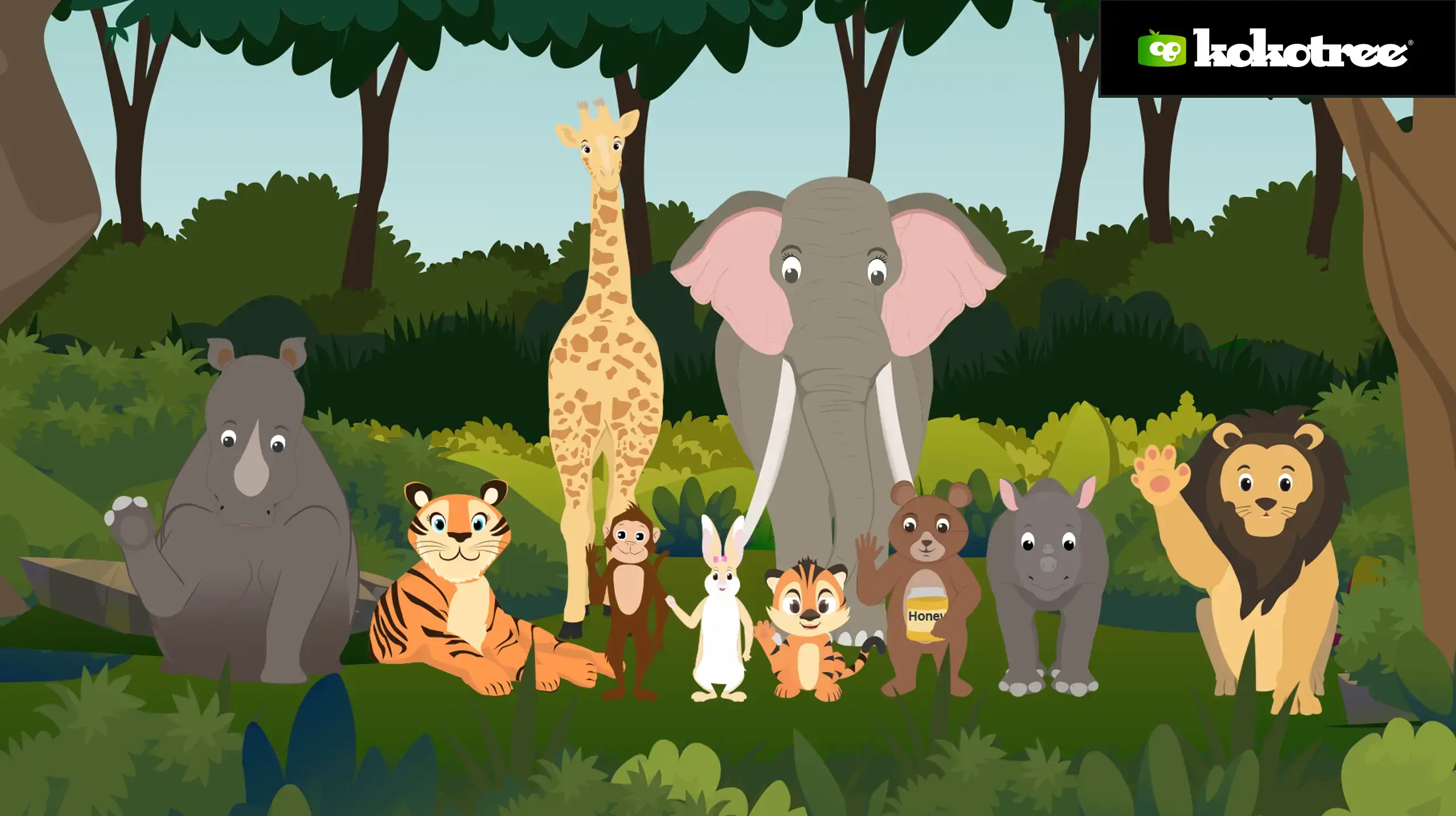
Kokotree is an award-winning learning app for kids aged 1-5. It offers a premium online enrichment program that combines education and entertainment to inspire young learners.
Download the Kokotree App for Free!
The content is developed by certified experts in early childhood development and is based on a STEAM curriculum. It covers five core areas: language and literacy, fundamental math, science and technology, social and emotional learning, and imagination and creativity.
The app is designed to fit a busy lifestyle, offering on-demand sessions on the web, mobile apps, and smart streaming devices. It’s a safe, ad-free environment that nurtures your child’s love for learning.
The Kokotree educational streaming service is a safe and trusted place for preschoolers to develop a lifelong love for learning. It’s an innovative destination that brings your child a fantastic learning experience. And a big part of this experience is ensuring that the videos, content, and service we offer are held to the highest standards for privacy, security, and content. We want you to feel good about what your child is watching and what they are learning.
Kokotree is committed to providing our young users with a safe and secure environment. We take privacy and security seriously and have implemented industry-leading practices to protect our user data. We also work hard to ensure that our content is age-appropriate and engaging for preschoolers. We carefully review our videos and create new high-quality educational videos with input from early childhood education experts. As a result, you can be confident that Kokotree is a safe and trusted place for your child to learn and explore.
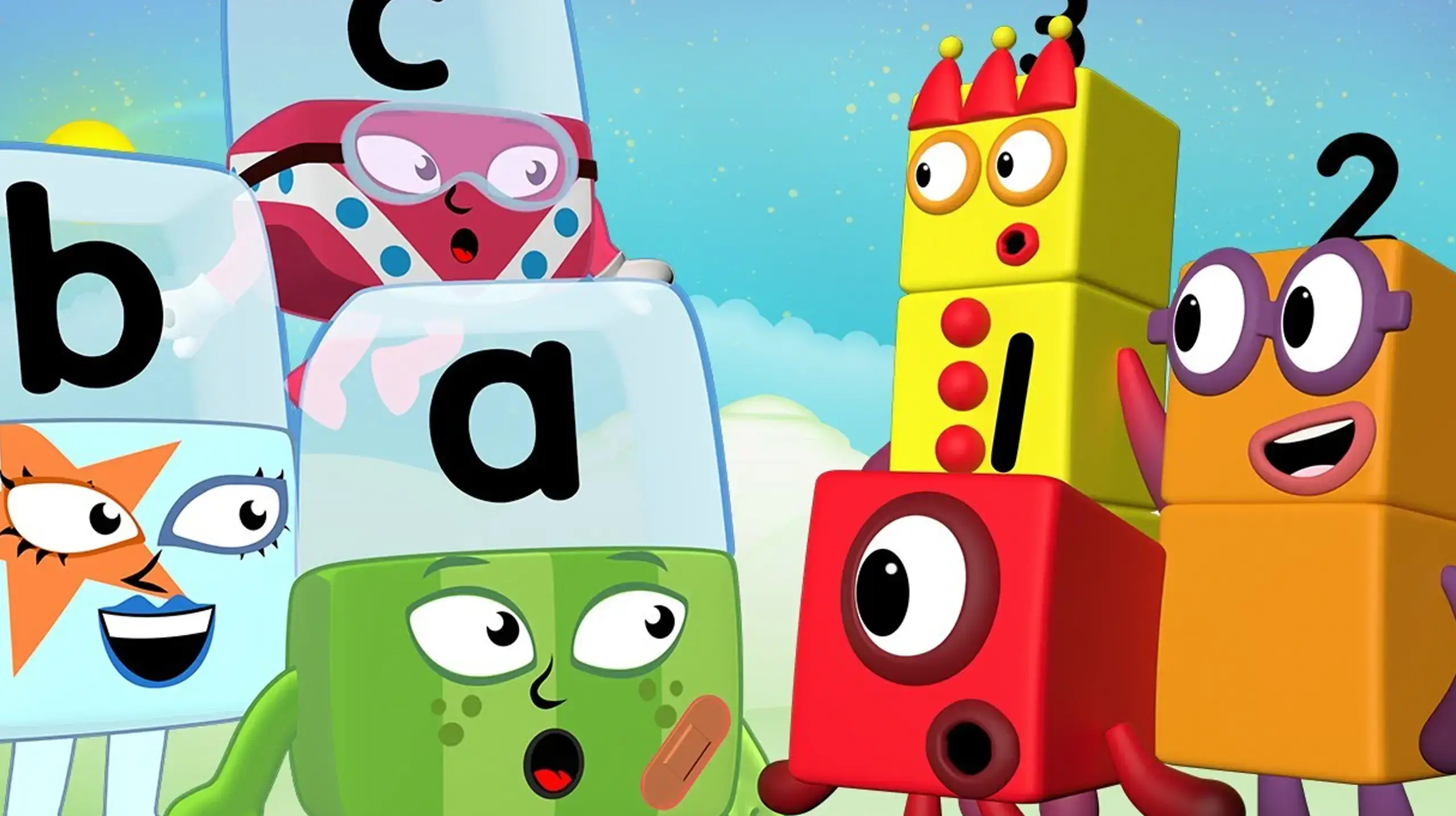
Alphablocks is a British computer-animated preschool television series designed to teach children to spell using four families of animated blocks known as Alphablocks, which represent each of their letters and are referred to as Alphalings.
Once the Alphablocks discover that many adventures can happen whenever they make a word come to life, this is meant to help preschool children learn the alphabet, spelling, reading, and writing. The series has been nominated for several BAFTA Children’s Awards and has won two Royal Television Society Awards. (Source)
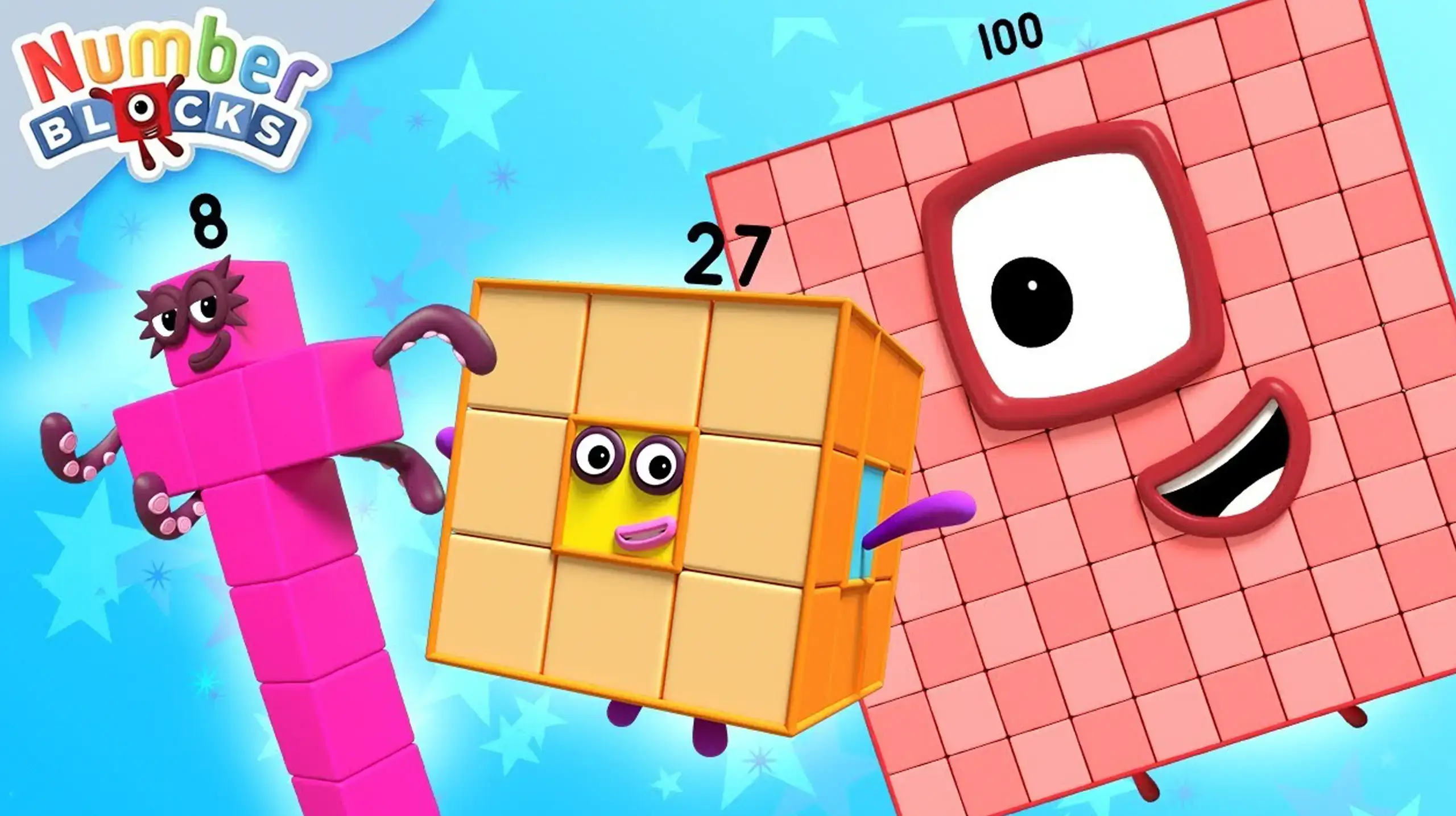
The Numberblocks are a group of block characters that represent numbers. They live in Numberland and embark on adventures relating to mathematical concepts. The show helps toddlers and young kids learn math skills, especially how to count and do simple addition and subtraction.
Integer concepts such as even vs. odd and factoring are discussed and explored. More sophisticated ideas are also explored in later episodes, such as comparison, square numbers, triangular numbers (known as “Step Squads”), and counting using binary numbers. The Numberblocks provide a fun and engaging way for kids to learn essential numeracy skills. (Source)
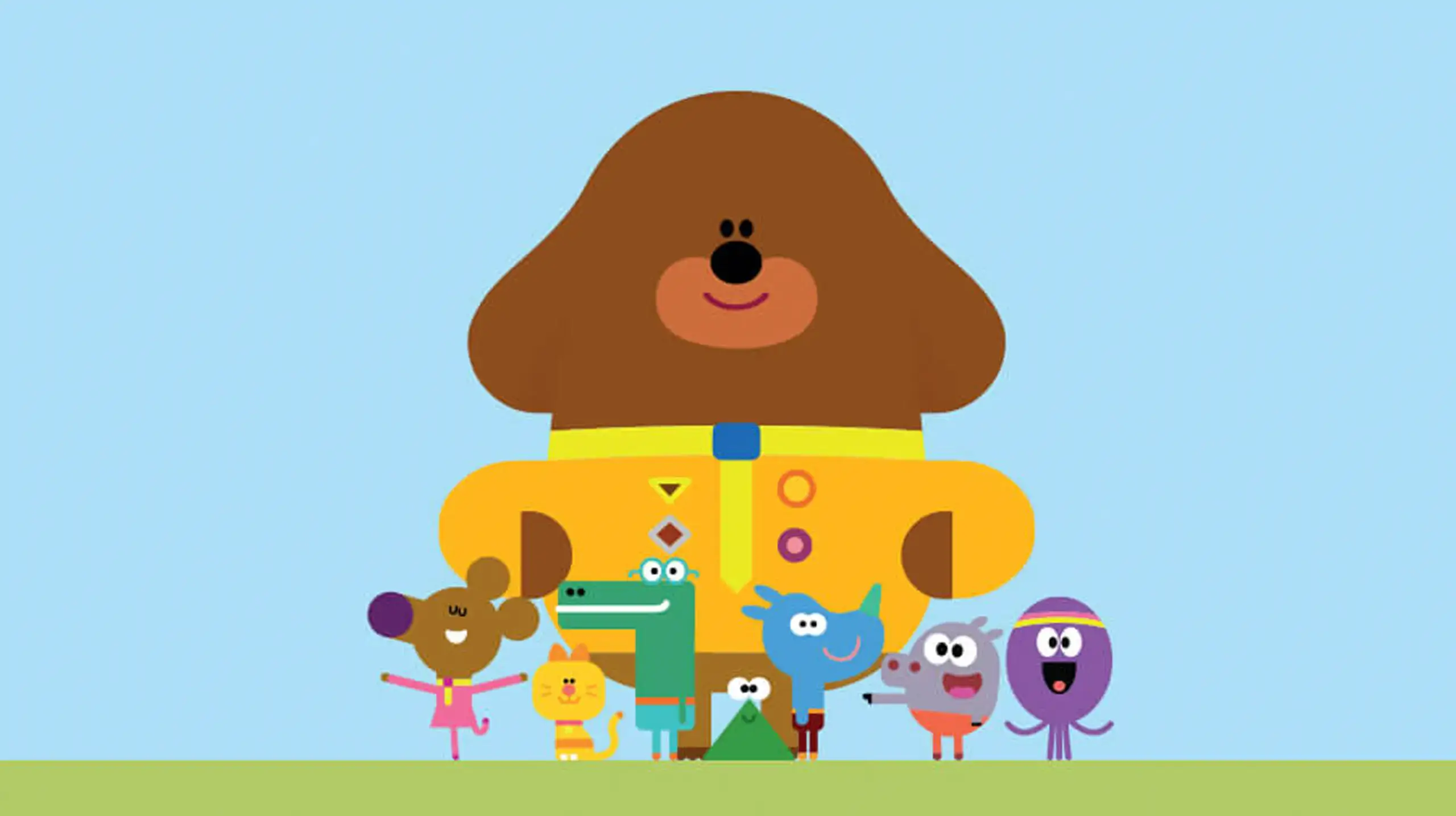
Hey Duggee is a British animated educational preschool television series for two- to five-year-olds. The program’s characters are talking anthropomorphic animals, with Duggee communicating in woofs. The episodes are based around The Squirrel Club, an activity club for children that Duggee leads. The children participate in activities, have adventures, and earn badges for their accomplishments.
Hey Duggee has been praised for its educational value, with many episode topics covering essential life lessons such as teamwork, sharing, and problem-solving. The series has also been commended for its positive representation of female characters and its inclusivity, with episodes featuring disabled and ethnically diverse characters. Hey Duggee is a popular show with children and adults alike, and its catchy songs and charming characters have helped it to become a global phenomenon. (Source)

Peppa Pig is a popular British animated children’s series that follows the adventures of an anthropomorphic pig family. The main character, Peppa, is a young piglet joined by her little brother George, Mama Pig, and Daddy Pig in each five-minute episode.
The series focuses on the everyday issues young children face, such as fear of thunderstorms or getting lost. With the help of her family and animal friends, Peppa can overcome these challenges and learn valuable life lessons along the way. The series has been praised for its cute and relatable characters and its positive message about working through difficult situations. (Source)
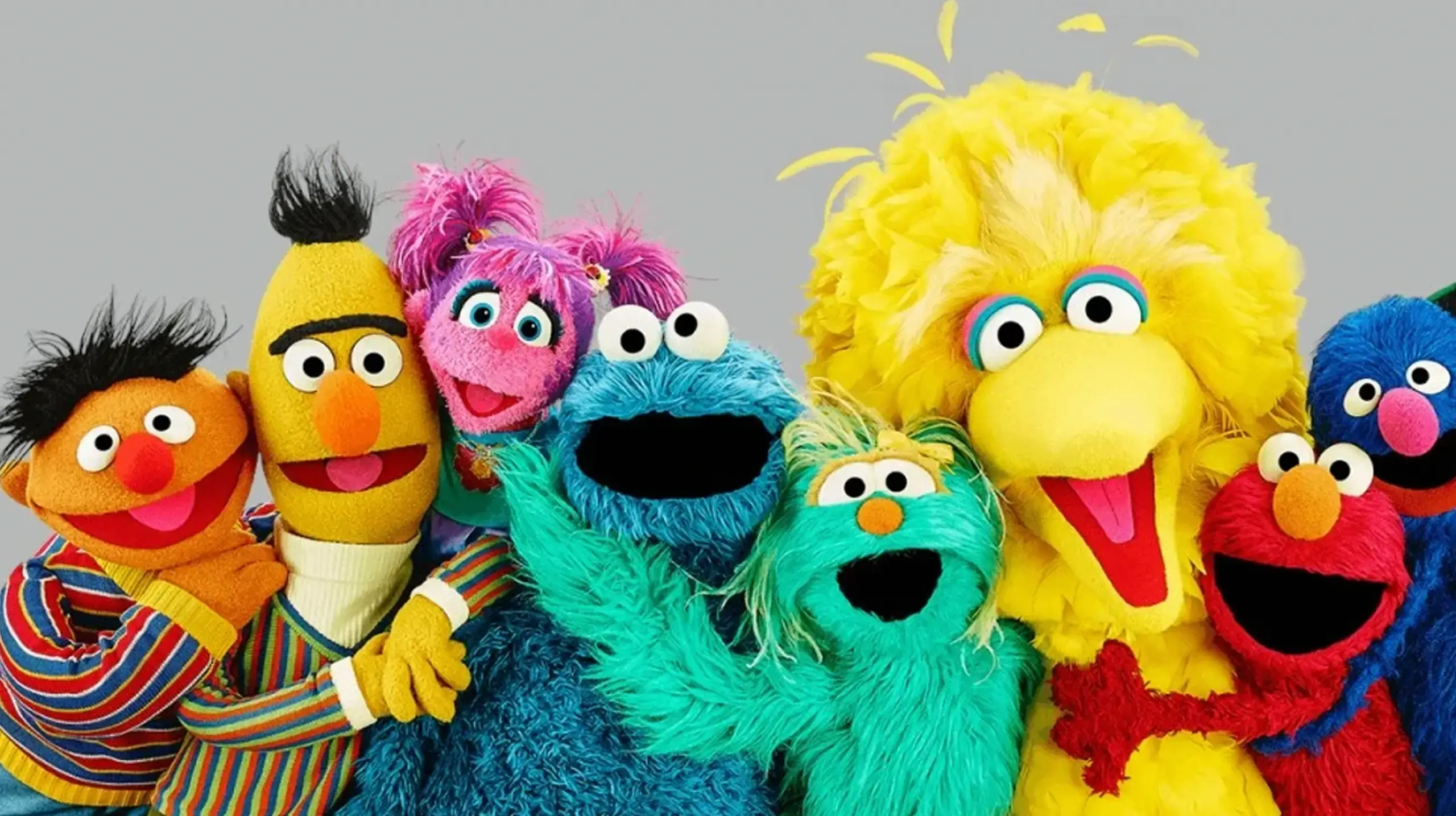
Sesame Street is a unique educational television program that has entertained and taught children since it aired in 1969. The program was created to help children from low-income backgrounds prepare for school, and it quickly became popular with kids and adults alike.
Sesame Street is set on a city street, and its cast of lovable characters teaches kids about numbers, colors, and the alphabet. In addition to being educational, the show is highly entertaining, with hilarious sketches and catchy songs. Over the years, Sesame Street has won dozens of awards, including several Emmys. Its lasting success is a testament to its value as an educational tool for kids of all ages. (Source)
This is not a cartoon, but we believe this is a great educational app for preschoolers and toddlers. It’s never too early to start learning, and this app can give your child a head start, covering basic concepts such as numbers, shapes, colors, and the alphabet.
The app is designed to be interactive and engaging, with colorful graphics and simple math and spelling games for kids that they will enjoy. As your child progresses, they can move on to more challenging concepts such as math and science. With Khan Academy for kids, you can be sure your child is getting a quality education that will set them up for success in school and beyond. (Source)
A timeless classic, Mr. Rogers’ Neighborhood offers more than just entertainment. The show imparts lessons about emotions, friendship, sharing, and more through Fred Rogers’ gentle demeanor. His ability to communicate complex emotions in a way that resonates with children makes it an essential viewing. It’s especially beneficial for toddlers navigating their feelings and trying to understand the world around them.
Since its debut in 1996, Arthur has consistently provided valuable lessons about social skills, empathy, and handling emotions. The diverse characters and relatable school-age scenarios give children a glimpse into how they can handle everyday challenges. For toddlers and preschoolers, it offers a blueprint on understanding differences, showing kindness, and building meaningful friendships.
A modern spin-off of Mr. Rogers’ Neighborhood, this show maintains the core values of its predecessor. Through catchy songs and memorable characters, Daniel Tiger’s Neighborhood addresses key topics like sharing, understanding feelings, and school readiness. Its repetitive and musical nature makes it easy for toddlers to grasp and remember the lessons.
This heartwarming series about a giant red dog and his young owner, Emily Elizabeth, emphasizes the values of friendship, responsibility, and teamwork. The scale of Clifford’s size in a real-world setting provides a unique angle to teach children about problem-solving and understanding consequences, making it engaging and educational for young viewers.
This innovative series is a must-watch for budding readers. By diving into classic stories and fairytales, the characters in Super Why! encounter problems that they solve using basic literacy skills. It’s a fun and interactive way for toddlers and preschoolers to get them excited about reading, boosting their phonetic skills and comprehension.
A vibrant and catchy series, Word Party introduces young viewers to a world of vocabulary, rhyming, and wordplay. As the baby animals sing, dance, and learn new words, toddlers are encouraged to join in, interactively enhancing their language skills.
Making science fun and accessible, Sid the Science Kid uses animation, music, and humor to introduce children to various scientific concepts. From understanding why shoes squeak to the basics of levers, toddlers are drawn into Sid’s world of curiosity, fostering a love for discovery and exploration.
Math has never been this fun! Peg + Cat introduces young viewers to basic mathematical concepts through engaging stories and challenges the titular characters face. As they journey through whimsical worlds solving problems, toddlers and preschoolers are exposed to foundational math skills that are presented in a fun, relatable manner.
Dr. Seuss’s iconic character takes children on wild adventures, each with a scientific twist. From understanding gravity on a distant planet to learning about animals in exotic locations, this show sparks curiosity. Its rhythmic and rhyming dialogue, true to Dr. Seuss‘s style, makes it both educational and captivating for young minds.
Cartoons are a great way to get kids interested in learning. While there are two main types of cartoons, entertainment and educational, the majority of children watch entertainment cartoons. Educational cartoons tend to be more dry and dull for kids, but they offer many benefits that entertainment cartoons don’t.
Educational cartoons can help your child set themselves up for success in school while teaching them essential life skills. They’re also a great way to bond with your child and spend quality time together. If you want your child to learn while being entertained, check out some of our suggestions.




